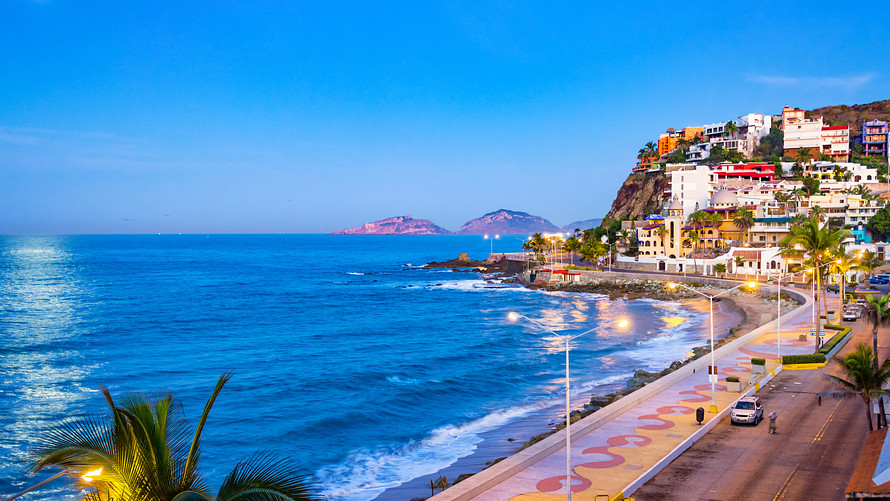The vast majority of research on international migration refers to migration from the south to the north, or if you will, from the less developed countries to the more developed ones. However, we are currently witnessing a migratory movement in the opposite direction, i.e., from north to south. These immigrants are characterized by being at an age that allows them to enjoy the free time and economic resources to live outside their land of origin, given their work situation as retirees.
Migratory movements both from the south to the north, and vice versa, in this case, are the result of the imbalance in the global economic system. On the one hand, we have migrants from developing countries motivated to move north for work. But, on the other hand, developed countries travel to maturing economies, as their purchasing power increases with their pensions brought from those countries, most often to retire in Mexico.
Currently, this migratory flow is mainly composed of members of the so-called “Baby Boom” generation. This is the generation born in the post-war period, between 1946 and 1964, which today represents two-thirds of the world’s population, which according to the United Nations Population Fund is six thousand seven hundred million people; and in the case of the United States alone, the baby boomers represent 76 million of its citizens.
When the Free Trade Agreement was signed, the baby boomer generation was between 37 and 45. It was a sector of U.S. society that would take advantage of the new conditions of the relationship to retire in Mexico. In contrast, in the United States, real estate and medical costs are rising, and the ability to rely on Social Security and pensions decreases. Added to this are new communications and transportation technologies that make migratory movements less costly. U.S. retirement migrants carry out transnational practices with different characteristics than Mexican migrants for several reasons:
- Because they have the economic resource, almost all have access to high technology in means of communication to maintain contact with their places of origin;
- Given their retired status, they have the time and money to make return trips;
- Because of the flexibility of the Mexican government’s immigration policy, Americans can “enter and leave” the country with relative freedom;
- Since their primary income is their pensions, state decisions have a direct impact on their economy, which motivates them to participate politically in their country; and
- Their descendants still work in the United States also encourages them to maintain continuous communication with them.
No matter what type of climate you like best, do you want to live in a forest? There are all over Mexico. Do you like the idea of living on the shores of a white sandy beach and blue waters? Choose whether you want to see the Atlantic Ocean or the Pacific Ocean through your window; if you prefer something not so imposing, the Gulf of Mexico or the Sea of Cortez can be ideal, much more if you like the idea of spending long days relaxing while a sailfish bites on your fishing rod. Do you prefer a colonial city with impressive architecture? There are from end to end! Just choose the one you like the most and enjoy the rest of your life in a beautiful country, full of warm and friendly people.

